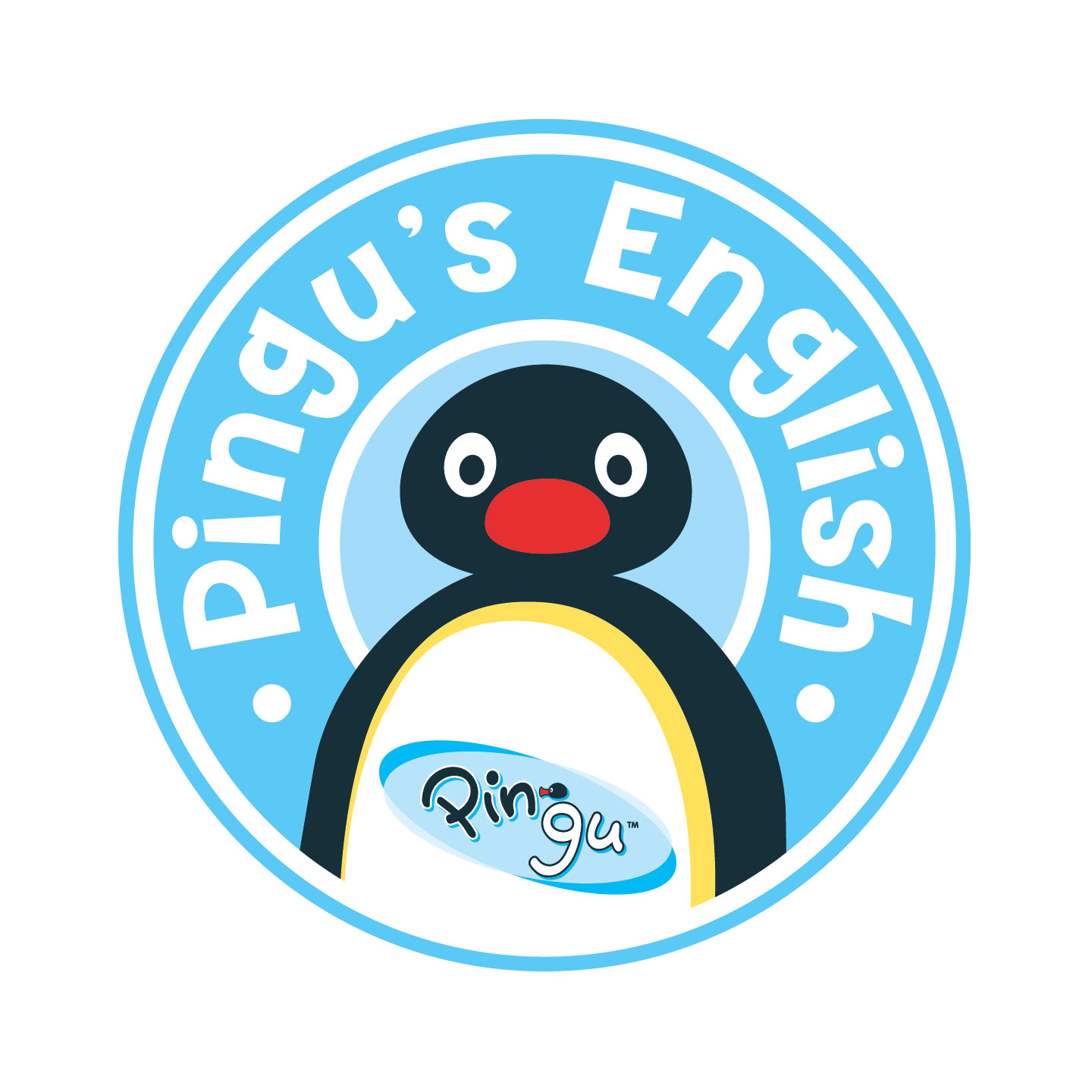Being the parent, we always think about our children and always try our best to give our children awesome things in life but sometimes giving them something is not the solution but doing something for them which can bring a positive and healthy change in their lives is essential. I think daily physical activities are really important to them.
Daily physical activity can include free play, games, sports, transportation (walking, cycling), recreation, and physical education.
Vigorous-intensity activities make children sweat and feel “out of breath,” so that they can only speak a few words between breaths. These can include activities like running and swimming fast or for a long time.
Moderate-intensity activities also make children sweat more and breathe a little harder but they can still talk while they move their bodies such as fast walking.
Activities that strengthen muscles and bones can include jumping rope and running, or sports like tennis and basketball.
How much each day? Ideas for what to do
Infants
(0-12 months) Should be physically active several times daily.
At least 30 minutes of tummy time throughout the day. Active play starts from birth, especially through floor-based activities including tummy-time, reaching, pushing, pulling and crawling.
Toddlers
(1-2 years)
Preschoolers
(3-4 years)
180 mins of physical activity through the day (planned and organized and unstructured physical activity or free play).
They should gradually progress toward at least 60 minutes of energetic play (moderate-vigorous intensity physical activity) by 5 years of age.
Activities should be fun and encourage your toddler to explore and try new things.
Children this age don’t understand rules and often are not coordinated enough to play organized sports.
Other ideas: walking or running, playing tag, swimming (when at least 4 yrs old), tumbling, dancing, throwing and catching.
As they grow older, they might like to try skipping and bike riding.
Children
(5-9 years) At least 60 mins of moderate-to-vigorous-intensity physical activity every day, including:
Vigorous-intensity activities at least 3 days a week.
Activities that strengthen muscle and boneat least 3 days a week.
Sports should have short instruction times, flexible rules, offer free time in practices, and focus on fun.
Other ideas: playing tag, walking to school, soccer, baseball, gymnastics, skating and skiing.
Children
(10-12 years) At least 60 mins of moderate-to-vigorous-intensity physical activity every day, including:
Vigorous-intensity activities at least 3 days a week.
Activities that strengthen muscle and bone at least 3 days a week.
Children reach puberty at different times. Physical size, strength and maturity vary widely for this age group.
Usually ready to participate in team sports that focus on skill development, equal participation and fun.
Can start strength training with lighter weights and proper supervision.
Other ideas: martial arts, hiking, push-ups (with knees on floor), sit-ups.
Teens
(13-17 years) At least 60 mins of moderate-to-vigorous-intensity physical activity every day, including:
Vigorous-intensity activities at least 3 days a week.
Activities that strengthen muscles and bones at least 3 days a week.
Activities should be fun and include friends. Teens are ready to focus on:
Personal fitness (a fitness class after school)
Active transportation (walking, cycling)
Household chores,
Competitive and non-competitive sports (a game of pick-up basketball), and
Other ideas: canoeing, hiking, rollerblading, yard work and games that require throwing and catching.
 Testimonials
Testimonials
